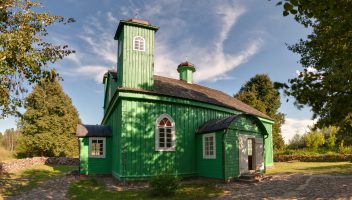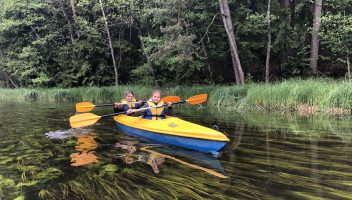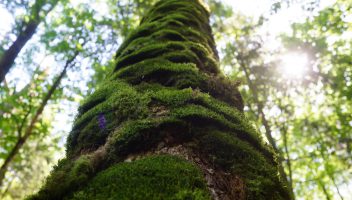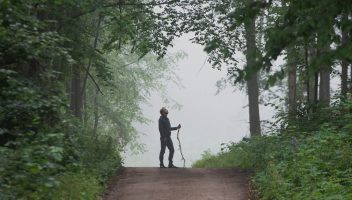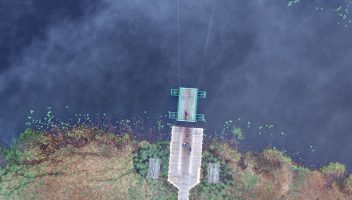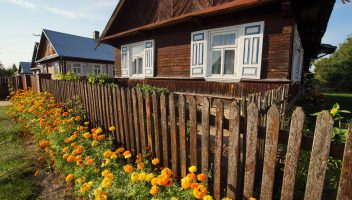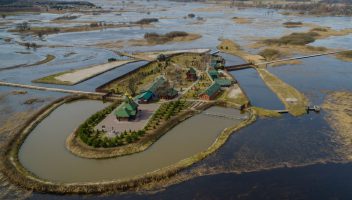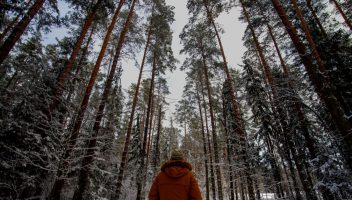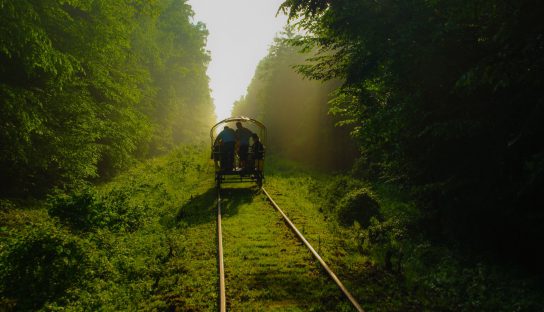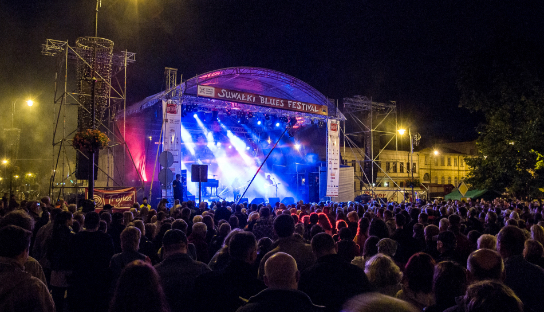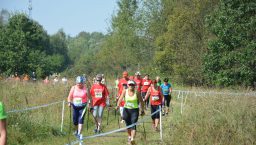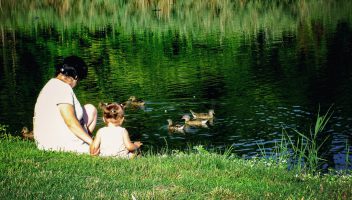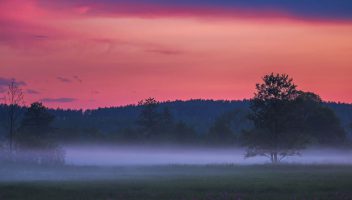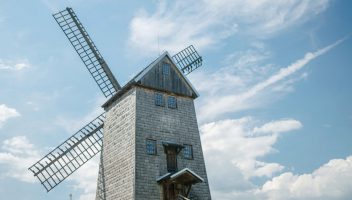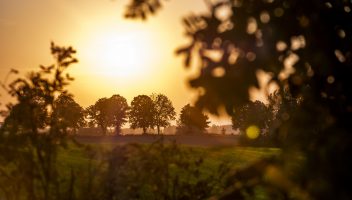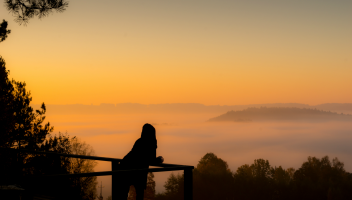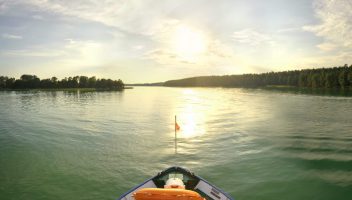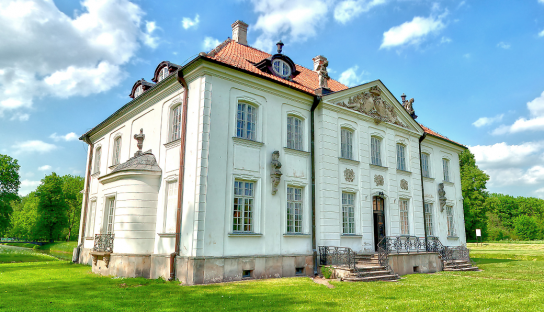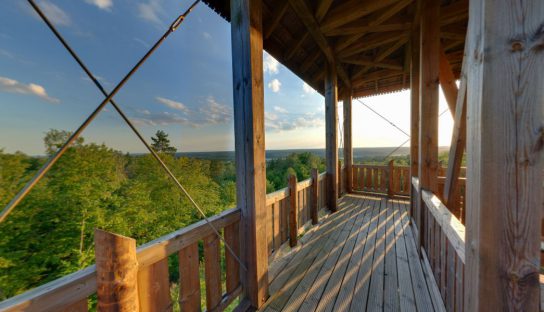Dzieje się
Sprawdź, co dzieje się w Podlaskiem i wybierz coś dla siebie
Odkryj
Pora zejść z utartych szlaków
i powrócić do korzeni
Nie musisz jechać na koniec świata, by odnaleźć spokój. Delektuj się nienaruszoną przyrodą i niesamowitym krajobrazem. To, czego potrzebujesz, jest bliżej niż myślisz.
W Podlaskiem odwiedzisz miejsca, gdzie natura harmonijnie przeplata się z historią i tradycją wielu kultur. Daj się ugościć i dodaj Podlaskie do „Ulubionych”.
ZAPLANUJ
Nie trać czasu na szukanie opinii.
Oto rekomendowane miejsca, atrakcje i wydarzenia
EKSPLORUJ
Na rowerze, w kajaku. W stylu slow lub ekstremalnie.
Eksploruj Podlaskie tak, jak lubisz!
PODLASKIE
To miejsce ma w sobie to coś. Odkrywaj je krok po kroku.
Parę słów o sobie? Prastare puszcze, meandrujące rzeki, malowniczo położone jeziora i dziesiątki kameralnych miasteczek. Oto Podlaskie.
Poszukaj na mapie miejsc pełnych uroku. Baśniowa Suwalszczyzna, magiczne Podlasie. Dolina Narwi, Biebrzy i Bugu. Pojezierze Rajgrodzkie. A to dopiero początek.
NIEZBĘDNIK
Wszystko, co pozwoli Ci lepiej przygotować się do wyjazdu
Zebraliśmy niezbędne informacje, abyś mógł zorganizować swoją wymarzoną podróż. Dopnij wyjazd na ostatni guzik, pobierz bezpłatne mapy i foldery.
Dowiedz się, jak do nas dojechać i gdzie się zatrzymać. Znajdź klimatyczną agroturystykę i bezpieczny kemping. Jeśli chcesz o coś zapytać, skorzystaj z pomocy informacji turystycznej.


